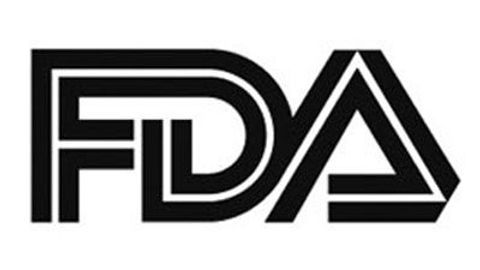FDA Grants Breakthrough Therapy Designation to Elranatamab for R/R Multiple Myeloma
A breakthrough therapy designation has been granted by the FDA to elranatamab for relapsed/refractory multiple myeloma.

The FDA has granted a breakthrough therapy designation to elranatamab (PF-06863135) for the treatment of patients with relapsed/refractory multiple myeloma, according to Pfizer.1
Six-month follow-up data from cohort A (n = 123) of the phase 2 MagnetisMM-3 trial (NCT04649359) serve as basis for the designation. Findings revealed that at a median follow-up of 6.8 months, the overall response rate (ORR) was 61.0%. Additionally, there was 90.4% likelihood of responders maintaining a response for at least 6 months
Further data from the trial will be presented at the 2022 ASH Annual Meeting and Exposition, taking place December 10 to 13, 2022, in New Orleans, Louisiana.
“The FDA’s breakthrough designation recognizes the potential of elranatamab as an innovative medicine for people with multiple myeloma whose disease has relapsed or is refractory to existing treatments, which at present leaves very few avenues for staving off this currently incurable cancer,” said Chris Boshoff, MD, PhD, chief development officer of Oncology and Rare Disease, Pfizer Global Product Development, in the press release. “This marks Pfizer’s twelfth FDA breakthrough therapy designation in oncology, a testament to our relentless commitment to developing transformational cancer medicines in areas of high unmet need. We look forward to working with the FDA to accelerate the development of this therapy.”
Elranatamab is a BCMA- and CD3-directed bispecific antibody which is administered subcutaneously. The agent is an alternative to intravenous administration, and may reduce the risk of potential adverse effects, such as cytokine release syndrome (CRS).
Previously, elranatamab has received an orphan drug designation and a fast track designation from the FDA for the treatment of patients with relapsed/refractory multiple myeloma.
In the open-label, multicenter, single-arm, phase 2 MagnetisMM-3 study, investigators are assessing the safety and efficacy of elranatamab monotherapy in patients with relapsed/refractory multiple myeloma.2 In cohort A of the trial, patients will be enrolled if they have not received prior BCMA-directed therapy. In cohort B, treatment with a prior BCMA-directed therapy is required.
To be eligible for enrollment, patients must be aged 18 years and older with a diagnosis of multiple myeloma, be refractory to at least 1 immunomodulatory drug, 1 proteasome inhibitor, and 1 anti-CD38 antibody, and be refractory to the last anti-myeloma treatment. Further, patients must have measurable disease, an ECOG performance status of 2 or less, resolve acute effects of any prior therapy to baseline severity or grade 1 or lower, not be pregnant, and be willing to use contraception while enrolled in the trial.
Once enrolled, patients are administered subcutaneous elranatamab at 76 mg every week with a 2-step-up priming dose regimen administered during the first week of treatment.
Investigators are assessing the primary end point of ORR, and the key secondary end points of ORR by baseline extramedullary disease status, duration of response, complete response rate, progression-free survival, time to response, overall survival, minimal residual disease negativity rate, frequency of treatment-emergent adverse effects (TRAEs), frequency of laboratory abnormalities, concentrations of elranatamab, and immunogenicity of elranatamab.
Regarding safety, data showed that treatment with elranatamab had a manageable safety profile and the most common treatment-emergent AE regardless of causality was CRS (57.9%). Moreover, most events were grade 1 (43.2%) or grade 2 (14.2%) in severity.
References
Pfizer’s elranatamab granted FDA breakthrough therapy designation for relapsed or refractory multiple myeloma. News release. Pfizer Inc. November 3, 2022. Accessed November 3, 2022. https://bit.ly/3T20rbE
MagnetisMM-3: study of elranatamab (PF-06863135) monotherapy in participants with multiple myeloma who are refractory to at least one PI, one IMiD, and one anti-CD38 mAb. ClinicalTrials.gov. Updated October 5, 2022. Accessed November 3, 2022. https://clinicaltrials.gov/ct2/show/NCT04649359
Gasparetto Explains Rationale for Quadruplet Front Line in Transplant-Ineligible Myeloma
February 22nd 2025In a Community Case Forum in partnership with the North Carolina Oncology Association, Cristina Gasparetto, MD, discussed the CEPHEUS, IMROZ, and BENEFIT trials of treatment for transplant-ineligible newly diagnosed multiple myeloma.
Read More